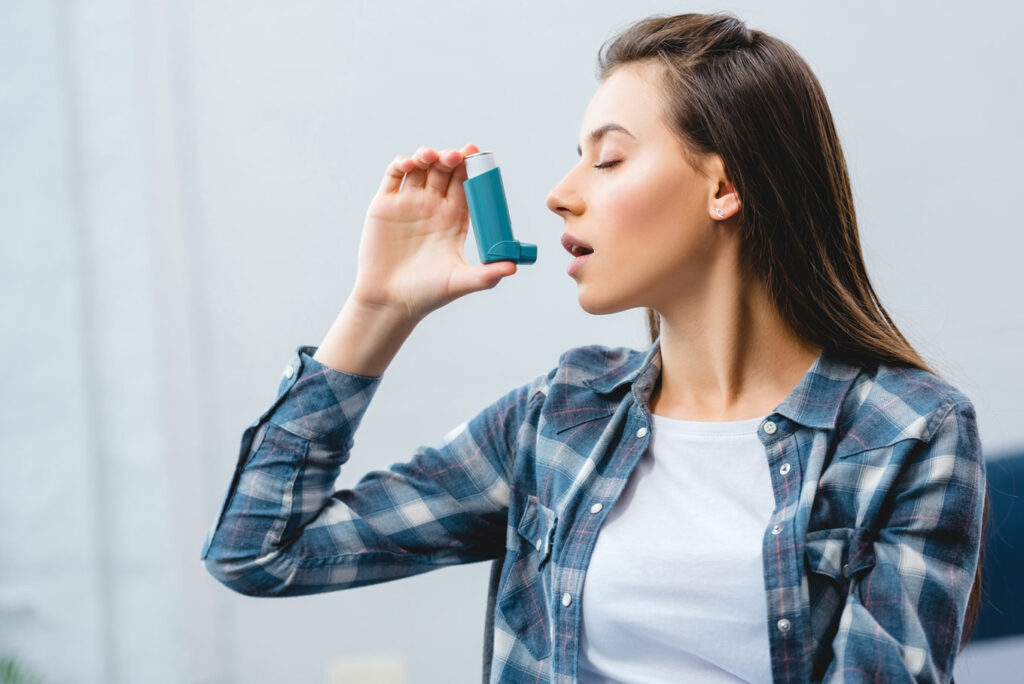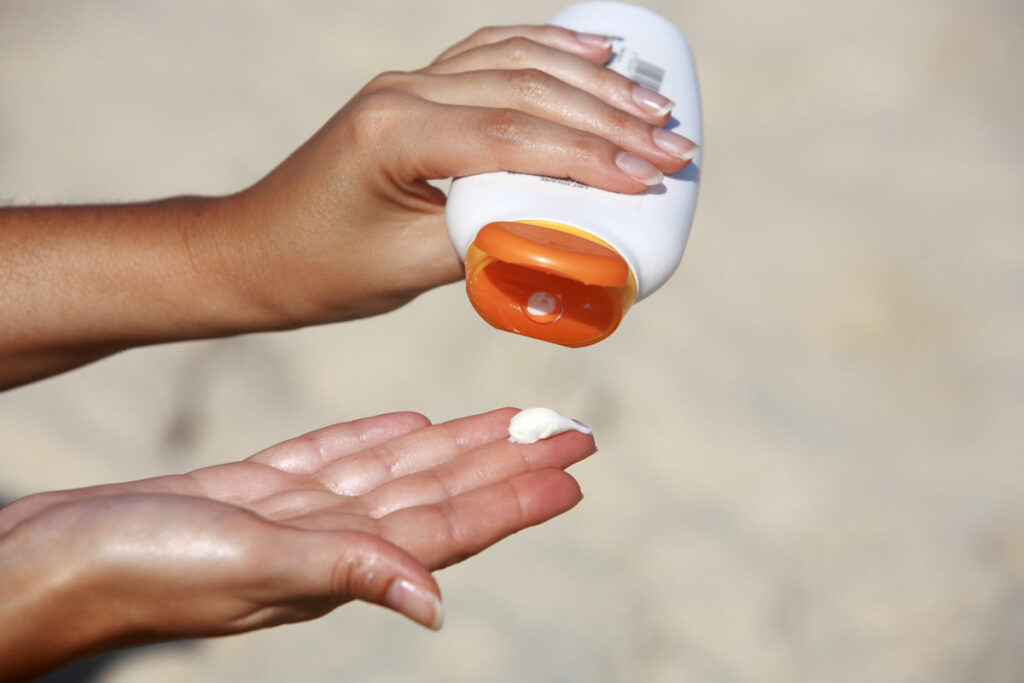Managing the Summer Sun and Heat with Chronic Disease
Most people relish the thought of long, hot summer days, but if you have a chronic illness, these weather conditions can be a concern. Extreme heat can trigger flare-ups and make everyday life more challenging.
Let’s discuss how summer’s warm weather can affect chronic diseases.
Watch the Video: Managing the Summer Sun and Heat with Chronic Disease
Autoimmune Conditions
The scientific community has identified more than eighty autoimmune conditions. Unfortunately, the causes for many of these remain unknown. However, we know that atmospheric factors such as heat and humidity play a role in symptom flare-ups and severity.
A recent study presented to the American College of Rheumatology showed how different atmospheric conditions affected Lupus symptoms:
- Rising temperatures resulted in joint swelling, internal organ tissue inflammation, rashes, and a decline in white and red blood cells and platelets.
- High humidity causes joint swelling and inflammation.
- Air pollution causes inflammation, new rashes, joint flares, and blood abnormalities.
Likewise, in a 2020 study involving rheumatoid arthritis patients, researchers found that extreme temperatures in summer and winter had a significant negative impact on RA symptoms.

Multiple Sclerosis
For many MS patients, hot or humid weather can cause a temporary worsening of symptoms, and some report blurred vision when their bodies became overheated.
Even slight body temperature variations (one-quarter to one-half of a degree) can further impair a demyelinated nerve’s ability to conduct electrical impulses.
Respiratory Illnesses
Most people think of asthma symptoms worsening during winter, but the hot summer weather can also trigger asthma symptoms.
Even though we don’t fully understand how extreme weather affects asthma symptoms, there are three primary possible reasons:
- Breathing hot air causes the airways to narrow, leading to shortness of breath and coughing.
- Common allergens such as dust mites and mold thrive in high humidity conditions. An increased presence of these allergens can aggravate asthma symptoms.
- During summer, there are higher levels of pollen and airborne pollutants, which can trigger an asthma attack.

Ways to Beat the Heat
Become Informed
Speak to your doctor to learn how extreme weather conditions can affect your chronic disease and what to do if you have a severe symptom flare-up.
Check the Weather in Your Area
More than simply checking the temperature, you should check the heat index, which provides a more accurate assessment of the weather conditions in your area.
The heat index or “real feel temperature” combines the air temperature and humidity level. This is important because in high humidity conditions, the body cannot regulate its temperature properly. When your body temperature rises, your system will try to cool itself by sweating. As the sweat evaporates, the body cools. However, when humidity is high, the rate of evaporation decreases.
Try downloading a weather app on your phone and check daily.
Avoid Heat Peaks
Try to stay indoors and, if possible, in a climate-controlled environment during the hottest portion of the day.

Be Prepared
If you need to go out when the weather is hot, take ice packs and plenty of cold fluids with you to help keep you cool.
Dress for Protection
If your condition makes you prone to extreme photosensitivity, wear clothing that can block damaging UV rays.
Choose breathable fabrics like linen and cotton, which will help keep you cool.
Wear Sunscreen
Ask your doctor which sunscreen is best for your condition. Then apply the sunscreen to clean, dry skin 20 minutes before you go outside, and reapply every two hours.
A chronic illness should not deter you from enjoying the lovely summer months, but it does mean you must prepare in advance and take extra precautions to avoid symptom flare-ups.




